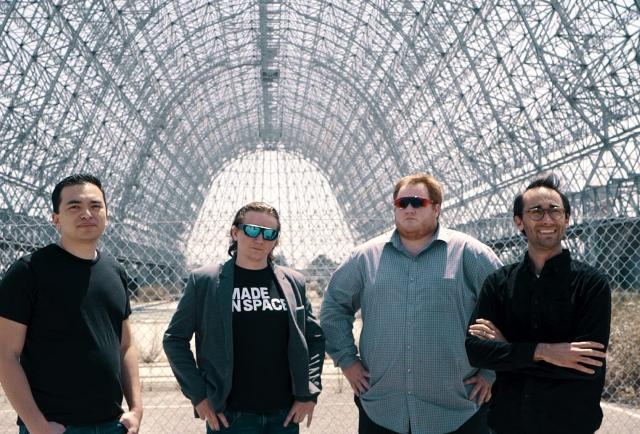Our universe is flat, geometrically. But what exactly does “flat” mean?
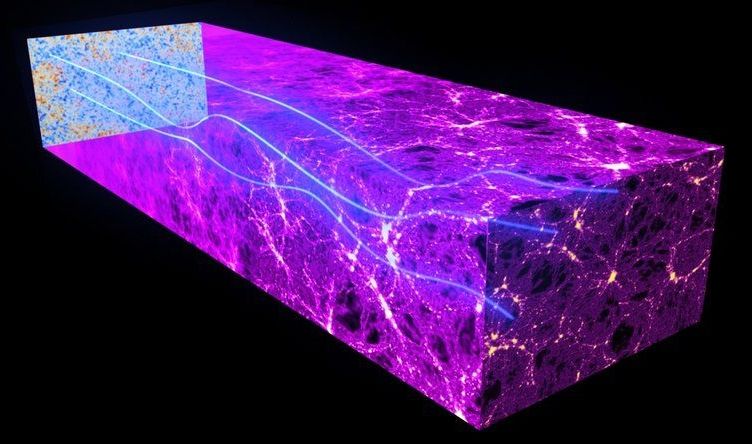

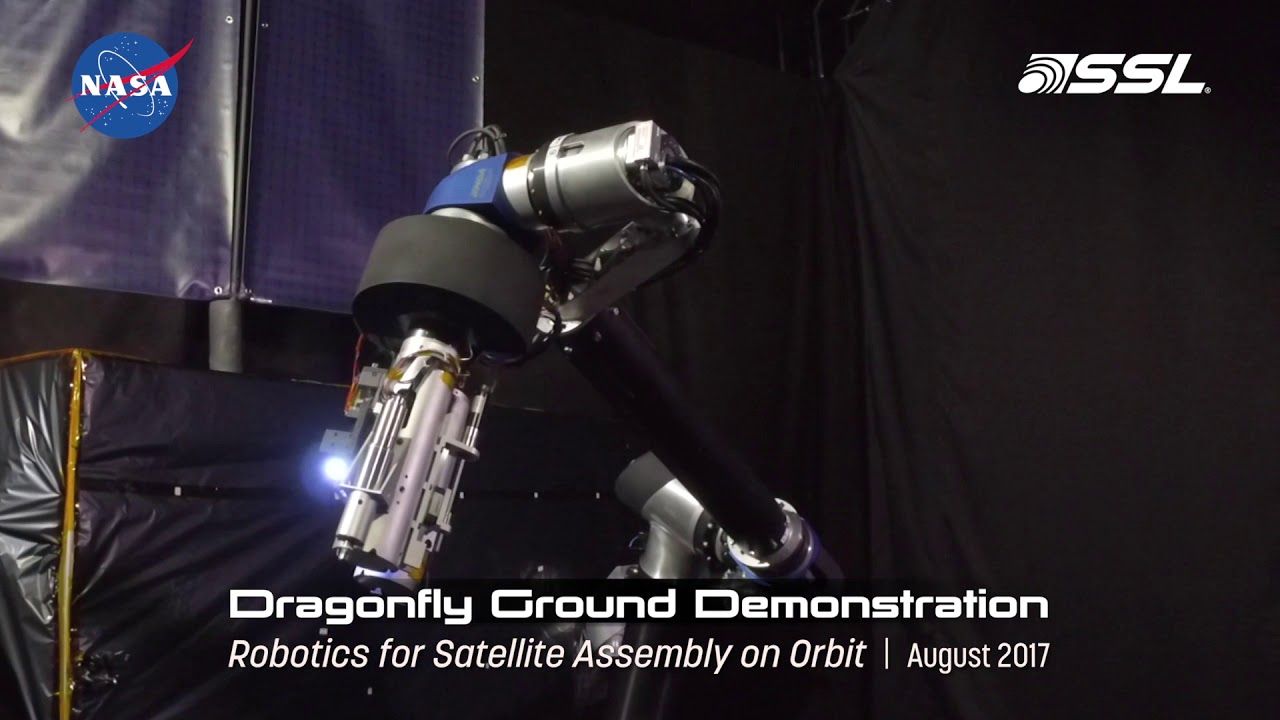
https://youtube.com/watch?v=y6n5dRdIHVI
California-based SSL, formerly known as Space Systems Loral, says it’ll receive continued funding from NASA for an on-orbit satellite assembly program known as Dragonfly. SSL and its partners, including Bothell, Wash.-based Tethers Unlimited, recently completed a successful ground demonstration of the Dragonfly system, which is designed to assemble pieces of space hardware in orbit robotically. The next step is to move forward with a detailed design for a semi-autonomous assembly system that could be sent into space sometime in the 2020s. Check out this 11-second video clip about the Dragonfly’s ground test:
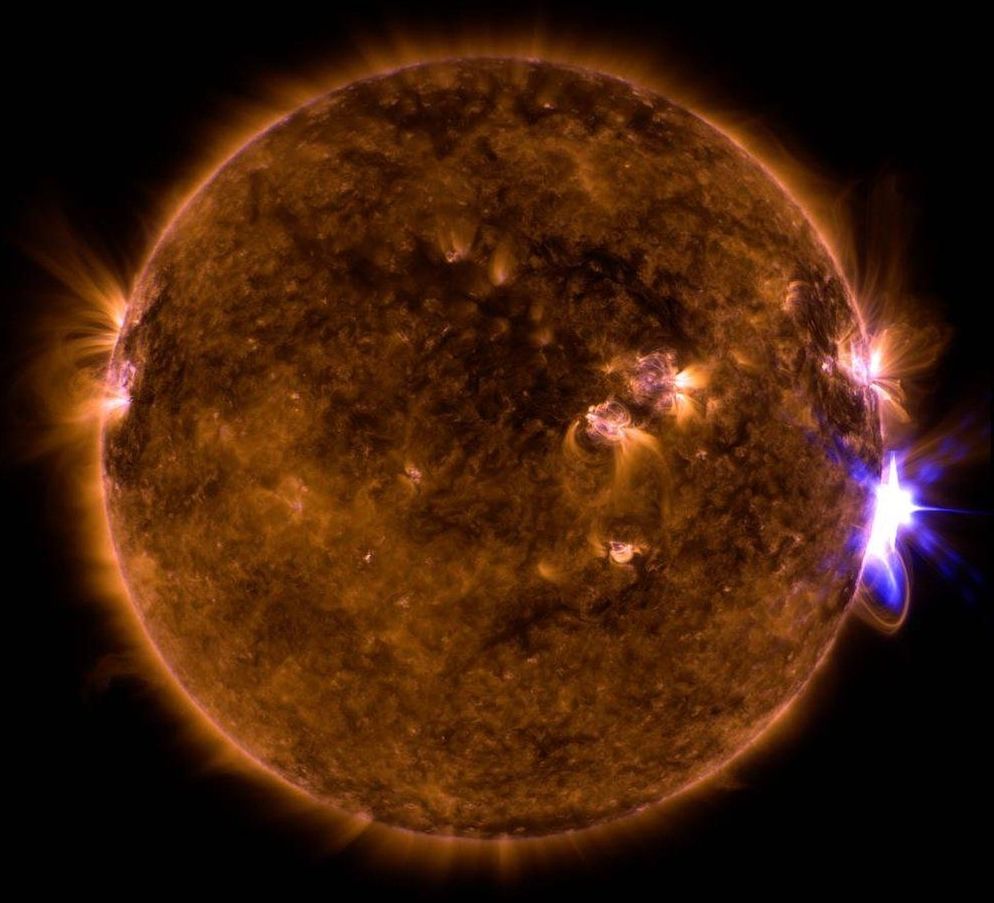
The sun fired off yet another powerful solar flare yesterday (Sept. 10), its seventh in seven days.
The flare, which peaked at 12:06 EDT (1606 GMT), covered North and South America in high-energy light. The National Oceanic and Atmospheric Administration’s Space Weather Prediction Center (SWPC) released a statement that warned of strong, high-frequency radio blackouts and navigation-system disruption, potentially lasting up to an hour.
Like the six other flares observed since Sept. 4, this one came from a sunspot known as Active Region (AR) 2673, which is currently turning away from Earth and will soon be out of sight.


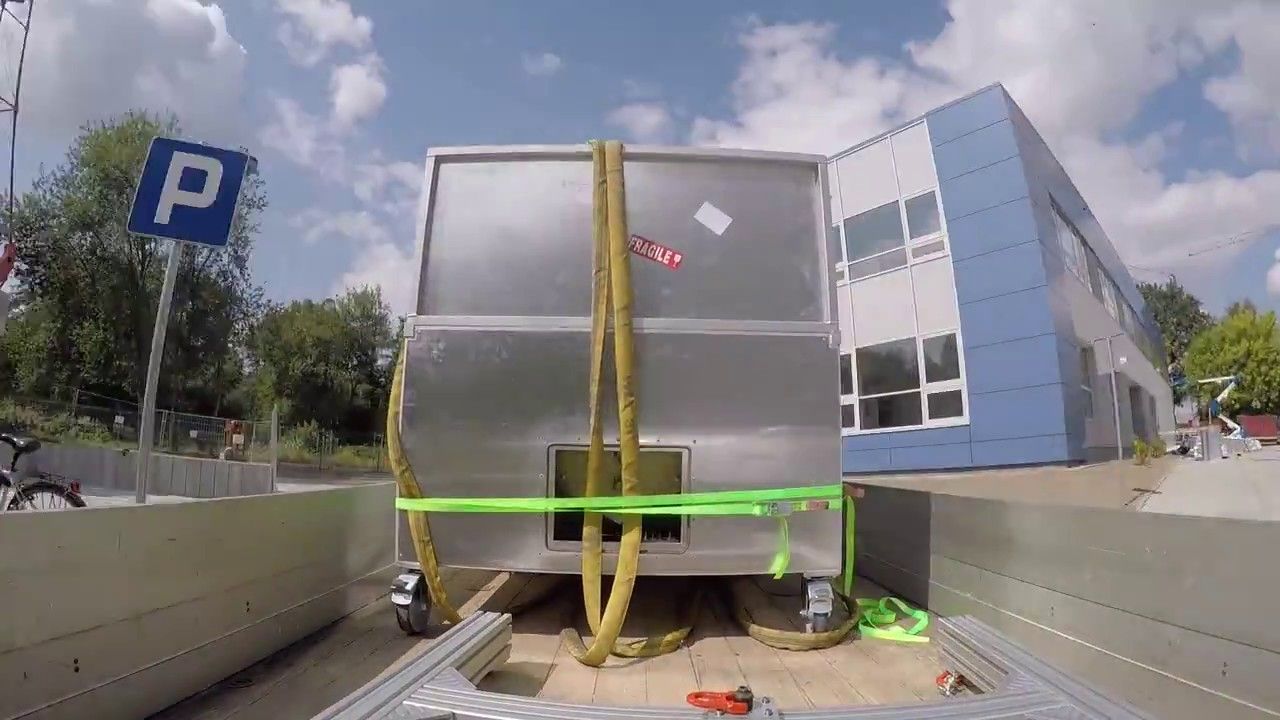
On Thursday, 31 August, 2017, a prototype telescope proposed for the Cherenkov Telescope Array (CTA), the SST-1M, recorded its first events while undergoing testing at the Institute of Nuclear Physics Polish Academy of Sciences (IFJ-PAN) in Krakow, Poland. The SST-1M is proposed as one of CTA’s Small-Sized Telescopes (SSTs), which will cover the high end of CTA’s energy range, between about 1 and 300 TeV (tera-electronvolts).
A crew in Krakow worked for two days to install the camera on the telescope and spent another two days monitoring it to ensure it could be safely switched on in the high humidity conditions. Watch the camera installation in the video below.

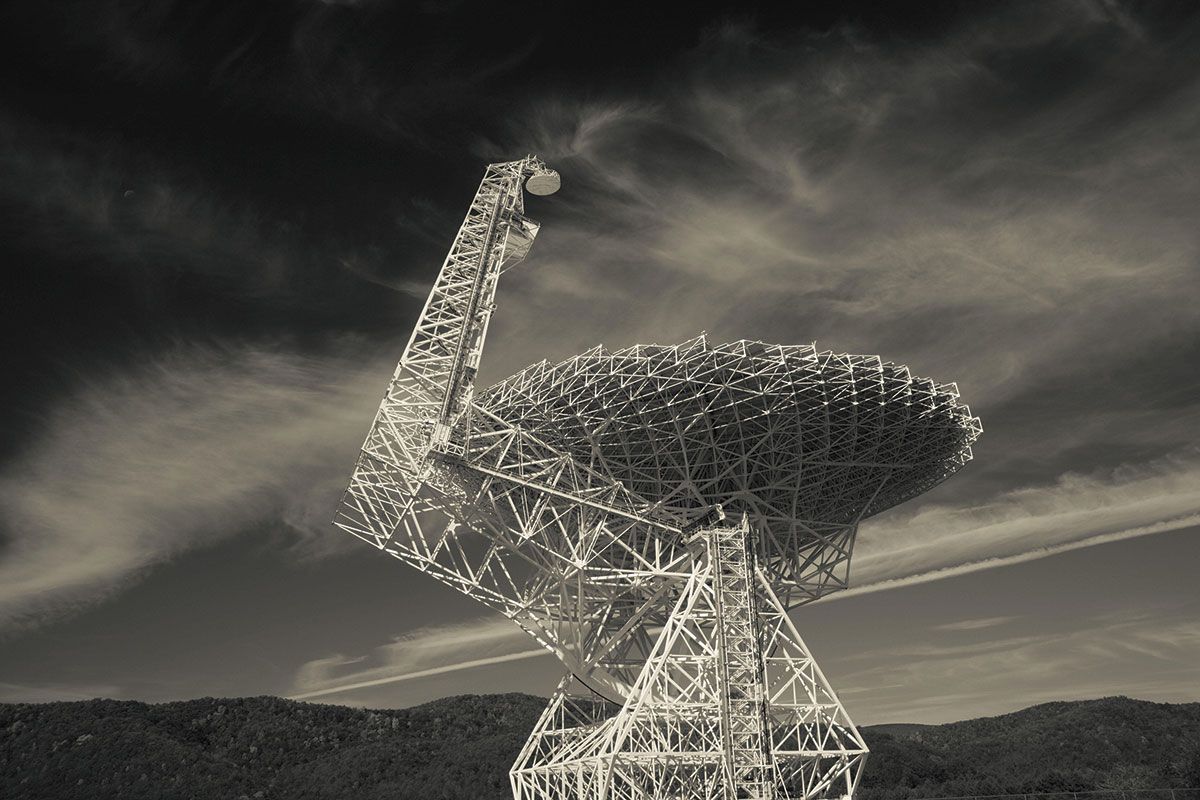

Early this morning (Sept. 6), the sun released two powerful solar flares — the second was the most powerful in more than a decade.
At 5:10 a.m. EDT (0910 GMT), an X-class solar flare — the most powerful sun-storm category — blasted from a large sunspot on the sun’s surface. That flare was the strongest since 2015, at X2.2, but it was dwarfed just 3 hours later, at 8:02 a.m. EDT (1202 GMT), by an X9.3 flare, according to the National Oceanic and Atmospheric Administration’s Space Weather Prediction Center (SWPC). The last X9 flare occurred in 2006 (coming in at X9.0).
